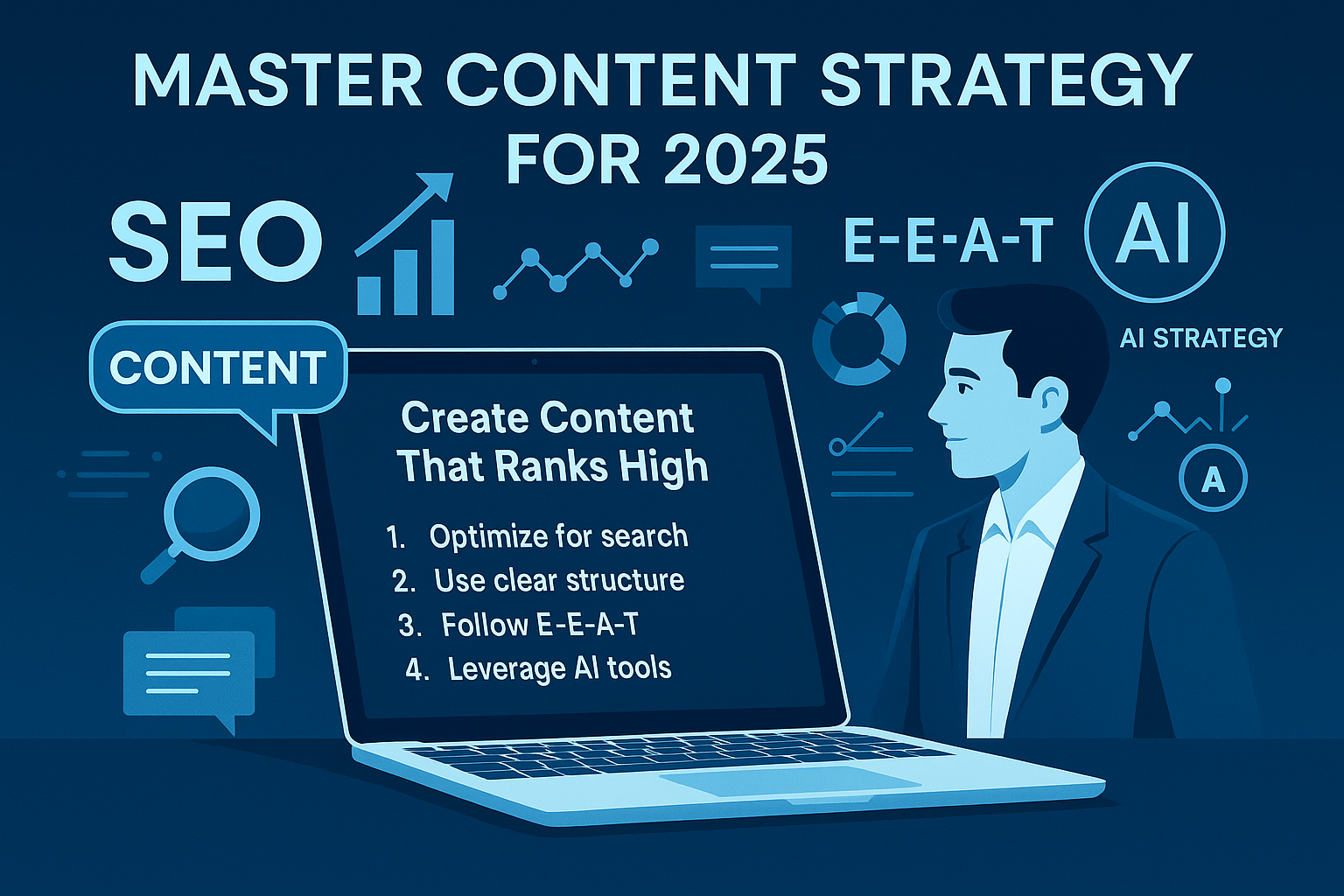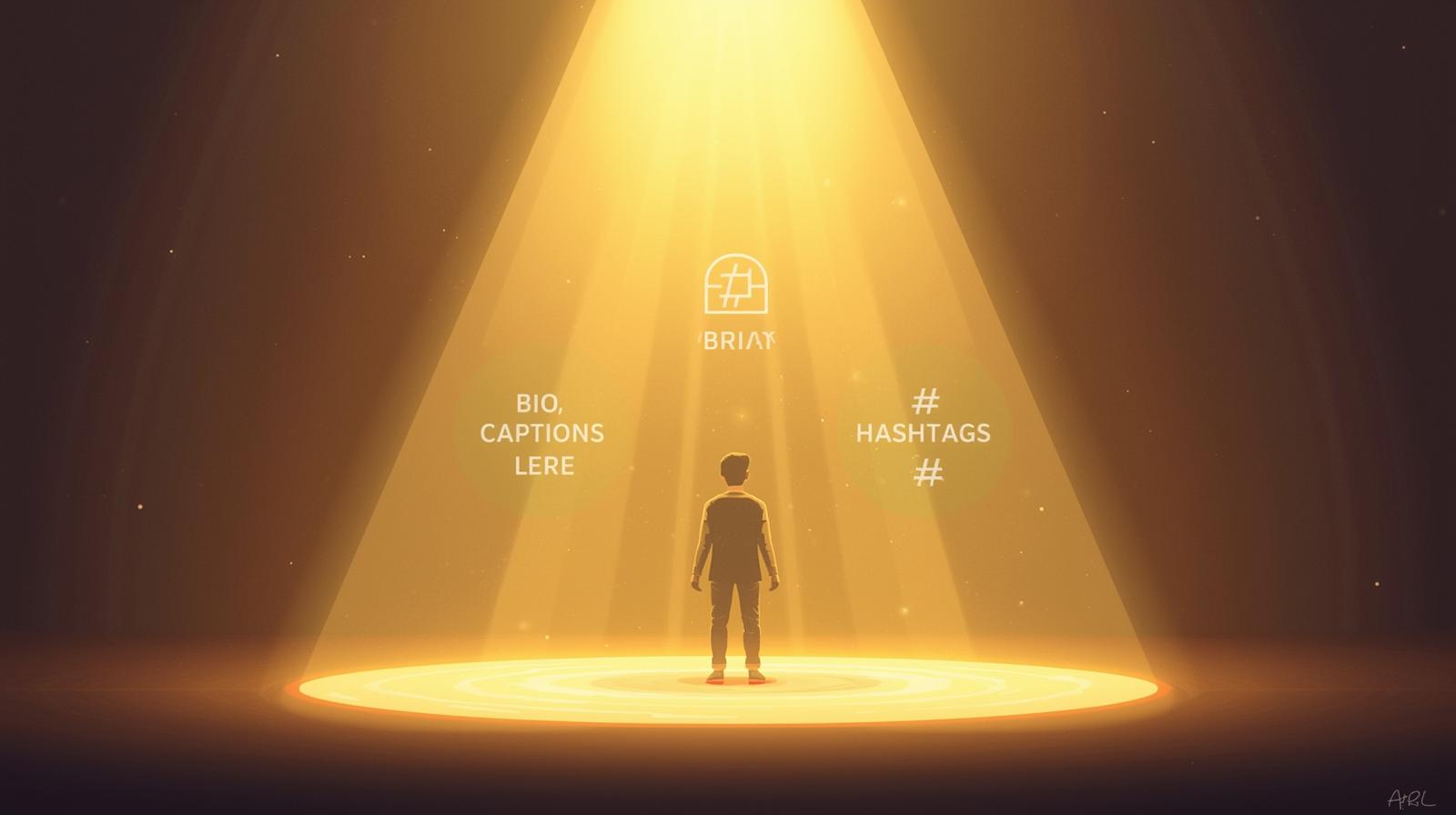Content has long been crowned king in the digital world, and rightly so. Brands backed by solid content consistently outperform competitors, winning visibility, trust, and loyal audiences. And the writers behind this content? They were the magicians of the digital age, weaving words into well-researched, optimised narratives that secured prime positions on SERPs and delivered real business results.
Everything seemed perfectly aligned until it wasn’t.
Over the past few years, these wordsmiths began losing their spark. Rankings dipped. Content lost traction. And businesses started questioning the very writers they once relied on. Many point to AI as the disruptor, and yes, it has played a significant role in reshaping workflows, reducing opportunities, and even affecting income.
But here’s the paradox: websites are still ranking. And behind each ranking is still content.
So, what kind of content will rank in 2025?
How do we craft it? What has changed? And what do writers like you and me need to know to rise back up the SERP ladder? In this article, we’ll discuss the content strategy that will help you write effective content and regain lost positions once again.
How to Write Content That Ranks in 2025?
In this article, we will share some observations, content strategies, and tips to help you understand the type of content you can write and publish in 2025 that will help you rule the SERPs ranking.
1. Don’t just write for Humans, take care of machines as well
Algorithms and crawlers were always there, but they have been here to improve the experience of searchers on Google Search. They always worked from behind the scenes. But when AI started to take centre stage through search and answer engines. Things become complicated.
In 2025, content writing isn’t just about appealing to human readers; it’s also about communicating effectively with machines. Search engines and AI-powered platforms like Google, ChatGPT, Gemini, and Perplexity use advanced technologies such as NLP models and ranking systems to read and process online content. This means your writing must serve both real people and algorithms at the same time.
These systems do more than simply scan your text. They extract key information, summarise it, and sometimes even reuse it across platforms. If your content isn’t clearly structured or easy for machines to understand, you might miss valuable opportunities for visibility and reach.
To perform well across both search engines and AI tools, your writing needs to be direct, informative, and easy to skim. Internet users prefer quick answers, and AI platforms have even less tolerance for vague or wordy content. You should present your key points early, use short paragraphs, and avoid unnecessary filler.
This is an optimisation strategy for answer engines, and you can explore more strategies in our blog here: How to Optimise Websites for Google’s SGE and ChatGPT Answers?
Additionally, a clear structure plays a major role too. Semantic headings like <h2> and <h3>, bullet points, and well-labelled sections help machines grasp the meaning and purpose of each part of your content. These signals influence whether your page gets selected for special features like voice search results, featured snippets, or AI-generated responses.
2. Consider the inverted pyramid approach
The inverted pyramid approach can be considered for crafting effective online content today. It means giving the most important answer or information right at the start and then following up with extra details.
This style, which is inspired by journalism’s inverted pyramid, helps search engines and AI tools understand your message faster and delivers immediate value to human readers.
At present, clarity matters more than ever. The old habit of slowly building up to a point with rhetorical questions or long introductions doesn’t work anymore. Readers want answers quickly, and AI platforms pull content based on how fast and clearly they respond to common queries.
Content that performs well in SERPs, featured snippets, voice search results, and AI-generated summaries tend to be direct and structured. The idea is to respond to the main question right away, ideally in the first sentence or two, and then expand with examples, explanations, or background info. This helps machines and users find what they need without having to dig.
This technique is where the most critical information comes first. Using this format not only boosts your chances of ranking well but also builds trust with busy readers who scan for quick takeaways.
3. Optimise for question-based and objective-driven questions
Whether it is a search engine or an AI search/chatbot, people most of the time use them to find something by asking questions. Creating content that ranks well in search engines and gets picked up by AI tools means aligning your writing with how people ask questions online. Featured snippets and summaries generated by large language models (LLMs) are often triggered by specific types of queries.
These include definitions of queries like “What is…?,” instructions of queries such as “How to…?,” and explanations like “Why does…?,” and comparisons such as “X vs. Y.” Each pattern points to a familiar answer style that platforms like Google can quickly recognise and present.
To boost your chances of getting featured, structure your content to match these formats. For instance, when responding to a definition-based question, like “What is a canonical tag?”, the ideal reply starts with a clear, simple explanation. A well-optimised answer might be:
“A canonical tag is an HTML element that tells search engines which version of a page is the preferred one when multiple pages have similar or duplicate content.”
This response works because it’s self-contained, introduces the term right away, and gives enough context without needing further explanation.
For how-to queries, such as “How do you improve crawl efficiency?”, it’s best to organise your answer into a step-by-step format using numbered or bulleted lists. This makes it easier for machines to extract and present your information clearly.
When handling comparison queries, like “Alt text vs. image description”, a side-by-side infographic or table helps define the differences more precisely, making your content ideal for snippet inclusion or direct AI answers.
4. Write for LLM visibility and summarization
Large language models (LLMs) such as ChatGPT, Gemini, and Claude are rapidly transforming how digital content is discovered, summarised, and shared.
These models go beyond keyword matching; they prioritise writing that reflects real Experience, Expertise, Authoritativeness, and Trustworthiness (E-E-A-T). This standard mirrors what Google uses in its Search Quality Evaluator Guidelines, signalling that content authored by knowledgeable writers who share accurate and valuable insights is more likely to be surfaced by search engines, algorithms, and AI.
For optimal visibility, it’s no longer enough to be relevant. Your content must be structured, fact-driven, and confidently presented. LLMs tend to skip vague, speculative, or overly promotional writing. Instead, they favour short, information-dense paragraphs with clear topic sentences and direct language, content that can be dropped straight into a response without needing clarification.
You also need to understand that, now, the goal is no longer just SEO, it’s quotability. Content that AI can summarise, featured as a standalone snippet, or used in chatbot conversations without modification, sets a new benchmark. In short, write as though your content is already part of the AI conversation because, in 2025, it very much is.
5. Don’t avoid SEO
Just like before, you will have to keep doing SEO for your website and every new page you add. SEO is not dead, but SEO is also not just about inserting keywords. SEO covers a range of tactics which include:
- Keyword Research
- On-Page SEO
- Off-Page SEO
- Local SEO
- Technical SEO
First of all, make sure your website doesn’t have any technical flaws. Then start doing keyword research while keeping search intent in your mind. Then create a good content copy by considering all the tips above. After that, do on-page SEO by managing keyword density/distribution, choosing a good format, picking optimised headings, and taking care of meta titles & descriptions.
Additionally, take care of internal linking and do it smartly. You also have to do local SEO and Off-page SEO. Local SEO again has multiple strategies like area-wise keywords, Google Business Profile Optimisation, and local business indexing.
You can get more information here: Why Google Reviews & Local Listings Are as Important as Your Website?
Off-page SEO includes getting high-authority backlinks via backlinks; you will have to take it seriously to improve your domain authority.
So content is still valuable for online business, but it needs to be more polished and optimised. By considering all the tips given above, you can create robust content copies that not only rank in 2025 but will be loved by humans and machines. So, what are you waiting for? Start writing!
Conclusion
People who are in this industry understand that the way of crafting content may have changed, but content is still needed, and it is and will continue to be an integral part of digital marketing. Now, if we talk about content writers, then they have to work on their skills, and they have to learn to adapt to the changes.
If you are looking for expert content writers or digital marketing services, then you should contact us at VerveOnlineMarketing. We are one of the best digital marketing companies in India, having decades of experience and a bunch of industry experts. So, if you want to rule the world of SERPs with content writing, SEO, or marketing, contact us now!
Frequently Asked Questions
How to rank higher on Google in 2025?
To rank higher on Google in 2025, focus on creating content that actually helps people. Google rewards original, clear, and useful content that answers real questions. Make sure your site loads fast, works well on mobile, and is easy to navigate. Use important keywords naturally in your title, headings, and content, but don’t overdo it. Adding helpful images, videos, and links to other pages on your site also improves your chances.
How to be a content creator in 2025?
Content is of many types: text content, videos, images, etc, so first of all, decide which type of content creator you want to become. Becoming a content creator in 2025 is all about picking a topic you love and maintaining a regular appearance with content.
Choose a platform like YouTube, Instagram, or blogging, depending on your style. Short-form videos are trending, so use reels or stories to connect with people. AI tools can help you generate ideas, improve editing, or write captions. The key is to keep engaging with your audience and slowly build a brand that’s true to you.
What kind of content will be popular in 2025?
In 2025, content that’s short, quick to enjoy, and easy to interact with is very popular. People love short videos, polls, live sessions, and real-life stories. Educational posts and tutorials are also in demand, especially if they solve a problem or teach something useful. Content that’s fun, relatable, or surprising tends to grab more attention, especially on mobile devices.
Is blogging alive in 2025?
Blogging is still alive in 2025, but it has changed. A successful blog today is more than just text; it includes answers, mostly, with supporting visuals, videos, or audio elements to keep readers interested.
Blogs that focus on helpful tips, personal experiences, or in-depth guides on niche topics still perform well. If your content is unique, optimised for search, and regularly updated, it can definitely rank and attract readers.
How to rank no 1 on Google?
To rank number one on Google, you need to go beyond just writing. Choose keywords that many people search for, but not too many websites are competing with. Your content should be long enough to fully answer the question, easy to read, and well-organised. Using structured data (schema markup) and keeping up with Google’s AI-powered changes also helps. Don’t forget to keep your content fresh and get links from other trusted websites.






